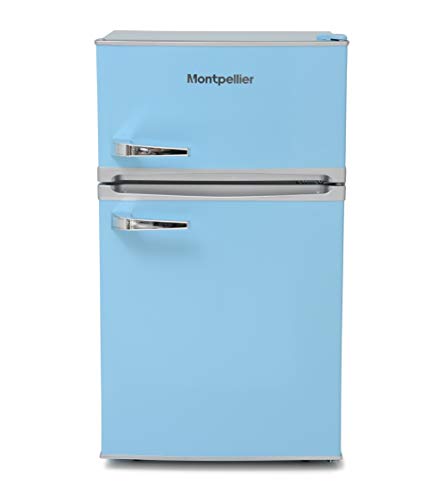Refrigerators and freezers are two of the most vital home appliances in modern-day kitchens. These appliances serve a vital role in food conservation and waste decrease by guaranteeing that disposable products remain fresh and safe for intake. This short article looks into the various kinds of fridges and freezers, their functionalities, and crucial considerations for choice and upkeep.
The marketplace provides a variety of refrigerator types, each developed to satisfy different customer requirements. Below is a list of the most typical kinds of fridges:
Top-Freezer Refrigerators
Bottom-Freezer Refrigerators
Side-by-Side Refrigerators
French Door Refrigerators
Compact Refrigerators
| Type | Benefits | Drawbacks | Typical Size |
|---|---|---|---|
| Top-Freezer | Budget-friendly, energy-efficient | Less convenient access to the freezer | 14-30 cu. ft. |
| Bottom-Freezer | Much easier access to fresh food | Freezer can be more difficult to organize | 19-30 cu. ft. |
| Side-by-Side | Easy access, water/ice dispenser | Narrow vs. storage space | 22-30 cu. ft. |
| French Door | Elegant, large, organized | More costly | 20-30+ cu. ft. |
| Compact | Space-saving, portable | Restricted storage | 1.7-5.5 cu. ft. |
Freezers are an equally crucial device for food preservation. They are available in different designs developed to fit various household requirements. Consider the following types:
Upright Freezers
Chest Freezers
Portable Freezers
| Type | Advantages | Drawbacks | Typical Size |
|---|---|---|---|
| Upright Freezer | Easier to organize | Less energy-efficient, more flooring space | 5-20 cu. ft. |
| Chest Freezer | Holds more products, energy-efficient | Harder to arrange | 5-25 cu. ft. |
| Portable Freezer | Compact and flexible | Minimal storage capability | 1-10 cu. ft. |
When choosing a fridge or freezer, customers ought to bear in mind a number of functions that can boost performance:
While fridges and freezers are important innovations, they also have particular benefits and drawbacks:
| Pros | Cons |
|---|---|
| Preserve food lifespan and reduce waste | Require regular maintenance |
| Enable bulk buying and meal prepping | Can be pricey to acquire and run |
| Offer convenience and fast access to food | Occupy significant kitchen space |
To guarantee durability and optimal performance of fridges and freezers, consider the following upkeep pointers:
Q1: How long can food be saved in a freezer?A: Most foods can be kept in a freezer for a number of months. Meats and poultry typically last 4-12 months, while vegetables can last up to 8-12 months.

Q2: How typically must I clean my fridge and freezer?A: It is a good idea to clean your fridge and freezer every 3 to 6 months, or as required when spills take place. Q3: Can I put hot food straight in the fridge?A: It is suggested to cool hot food to space temperature before positioning it in the fridge to prevent
raising the temperature level inside the device. Q4: Why is my fridge running constantly?A: This could be due where to buy Fridge freezer a malfunctioning thermostat, blocked coils, or door seals that aren't working effectively. Fridges and freezers are vital
assets to modern homes, offering necessary services for food storage and preservation.
Comprehending the various types, features, and upkeep requirements can assist consumers choose the right appliances for their needs and optimize their functionality. Welcoming energy-efficient models not only supports sustainable practices however also adds to substantial savings on utility costs, making notified choices more vital than ever.
No Data Found!

